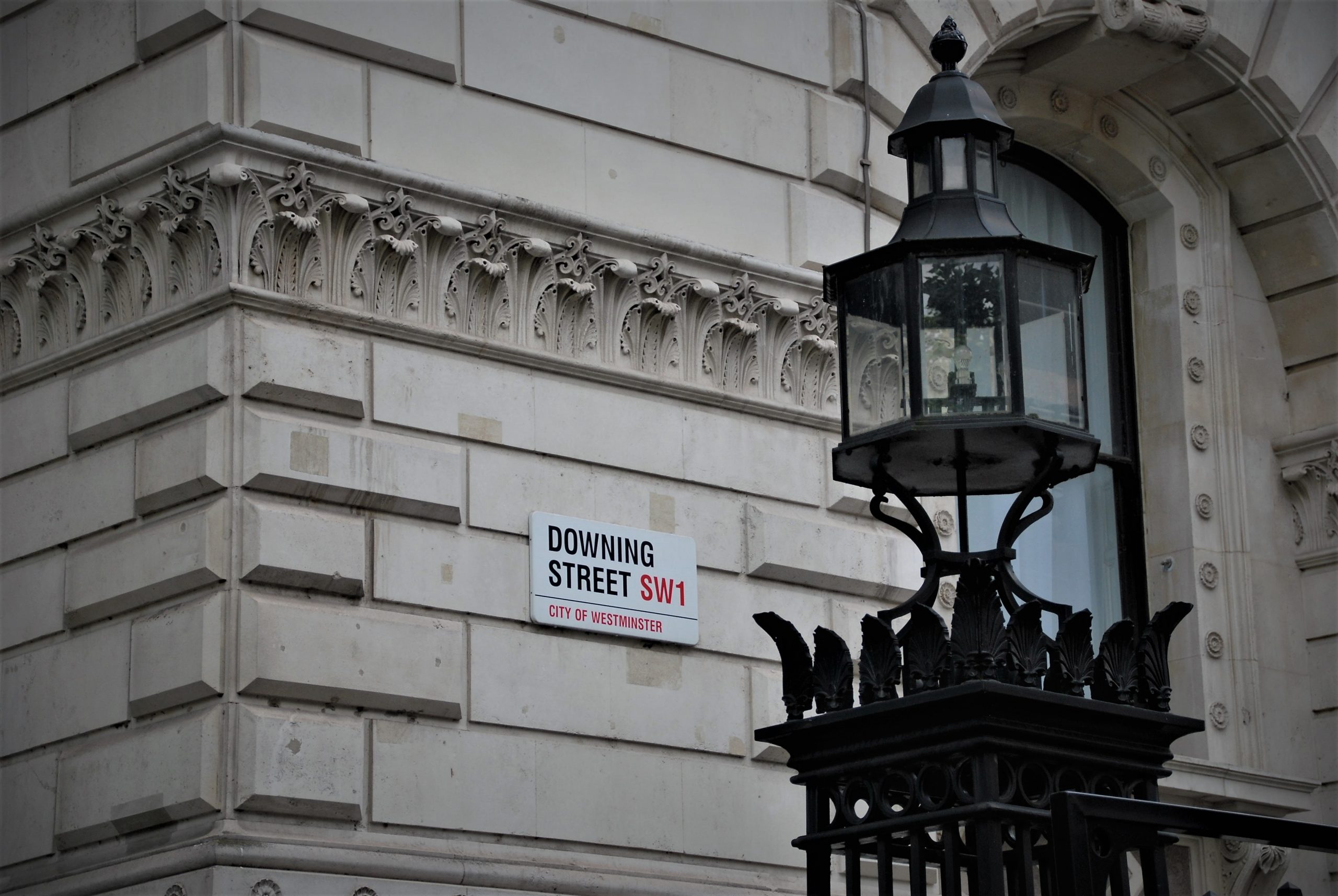Local government reforms: back on the table
By Michael Hardware, Director of Planning and Property
Despite being pushed into the long grass last year, local government reforms have certainly not gone away. Originally in the 2019 election manifesto, there was a brief reveal in the summer last year but this resulted in a cacophony of opposition from Conservative councillors faced with planning reforms coming forward at the same time.
Now we have a new secretary of state in Michael Gove. He is renowned for his forensic examination of issues and then a belligerent determination to impose his solution. He has intimated that a White Paper on local government reform will be coming forward as part of the Levelling Up White paper. Although originally promised before Christmas, this is now expected in January.
Broadly, proposals will involve combining two tiers of local government: dissolving the county, district and boroughs and replacing them with unitary authorities. Unitaries will be under an elected mayor with a combined authority. The objective is for the Prime Minister to deal in future with 27 mayors in England instead of 350 or so council leaders. The logic of this is clear.
The previous parameters will be amended, but probably not that much. The new Ministry for Levelling Up, Homes and Communities (DLUHC) will be looking for unitary authorities to cover between 500,000 and one million residents each. This is considered the optimum level for efficient local government. Two or three unitary authorities will combine under an elected mayor, usually be on a county basis.
Some counties are too small so will become unitaries in their own right, and then combine with neighbouring authorities under a mayor. For example, Warwickshire with 600,000 residents will probably become a unitary and will have to join with others. Similarly, Central Bedfordshire (300,000) and Buckinghamshire (550,000) are already unitaries but will probably have to join with others to form a combined authority.
Indications are that the White paper will be instructional, which means it will stipulate what is to happen and by when. It is likely the introduction will be phased over several years with ‘shadow’ authorities operating for a year before taking over fully. It will mean councillors will be overseeing their own demise and, in some cases, sitting on both the existing and new ‘shadow’ authorities at the same time.
The proposals represent the most fundamental structural changes to local government since the 1970s. Potentially, it will lead to some confusion and likely delays in development management and local planning processes. This should only be temporary as the ultimate aim is to provide more efficient local government.

Strategic land and site promotion
“Chelgate gives a real insight into political thinking at all levels and all political persuasions, …

Energy and infrastructure
From new nuclear and unconventional gas to renewables, waste and airports, our team has worked …


